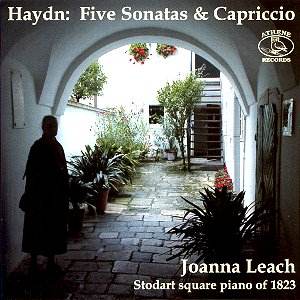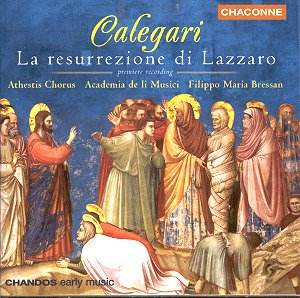 Composer: Joseph Haydn
Composer: Joseph Haydn
Works: Five Sonatas: D major, Hob.XVI/37; C# minor, Hob.XVI/36; F major, Hob.XVI/23; E minor, Hob.XVI/34; D major, Hob.XVI/51; Capriccio in G major, Hob.XVII/1
Performers: Joanna Leach, Stodart square piano of 1823
Recording: Details not provided
Label: Athene
Joseph Haydn, often heralded as the “father of the symphony” and “father of the string quartet,” also made significant contributions to the piano sonata repertoire, although these works have historically been overshadowed by his more celebrated compositions. The five sonatas featured in this recording encapsulate a pivotal moment in Haydn’s career, reflecting both his innovative spirit and the transitional nature of keyboard music in the late 18th century. Remarkably, most of these sonatas were composed during his early years, showcasing Haydn’s penchant for melodic development and structural experimentation, even as he gradually shifted his focus away from the piano.
Joanna Leach’s performance on a Stodart square piano, an instrument reminiscent of those used in Haydn’s time, provides an authentic aural experience that modern pianos often obscure. The choice of instrument is particularly crucial in the interpretation of the Largo e sostenuto from the D major sonata (Hob.XVI/37), where the swift decay of sound allows for an emotional depth that resonates poignantly—its poignant silence speaks as loudly as the notes themselves. Leach’s adherence to the subtleties of this instrument’s timbral qualities enhances the overall expressiveness of the performance, infusing the movement with a shadowy melancholy that is often diluted in more resonant, modern renditions.
Throughout the album, Leach demonstrates a profound understanding of Haydn’s contrasting moods. In the C# minor sonata (Hob.XVI/36), for example, the opening Moderato is delivered with an assertiveness that feels almost declamatory, setting a dramatic tone. The Scherzando allegro con brio that follows is executed with an airy lightness, conjuring images of autumn leaves dancing upon a chilly surface. Here, Leach’s technique shines; her ability to toggle between contrasting textures and dynamics captures the essence of Haydn’s playful yet profound character. The introspective Minuet & Trio, however, evokes a somber farewell, characterized by a delicate, slow unfolding that resonates deeply with the listener.
The recording quality itself supports the intimacy of this performance, although specific details are lacking. The clarity of the instrument’s tone, along with the nuanced engineering, presents the music in a manner that honors Haydn’s original intentions. The absence of excessive reverberation allows the listener to appreciate the subtleties of articulation and phrasing, essential for understanding Haydn’s musical language. Compared to other notable recordings, particularly those utilizing grand modern pianos, Leach’s interpretation stands out for its authenticity and emotional resonance.
Joanna Leach’s interpretive choices breathe new life into Haydn’s piano sonatas, illuminating their multifaceted nature and emotional depth. Her performances are rich in color and imbued with a palpable sense of joy and introspection, avoiding the trap of mere technical display to reveal the true essence of the music. This recording serves not only as a testament to Haydn’s genius but also as an invitation to reexamine a repertoire that, while less frequently performed, offers boundless emotional and intellectual rewards. Such artistry merits recognition and appreciation, firmly establishing Leach as a significant interpreter of these works.



